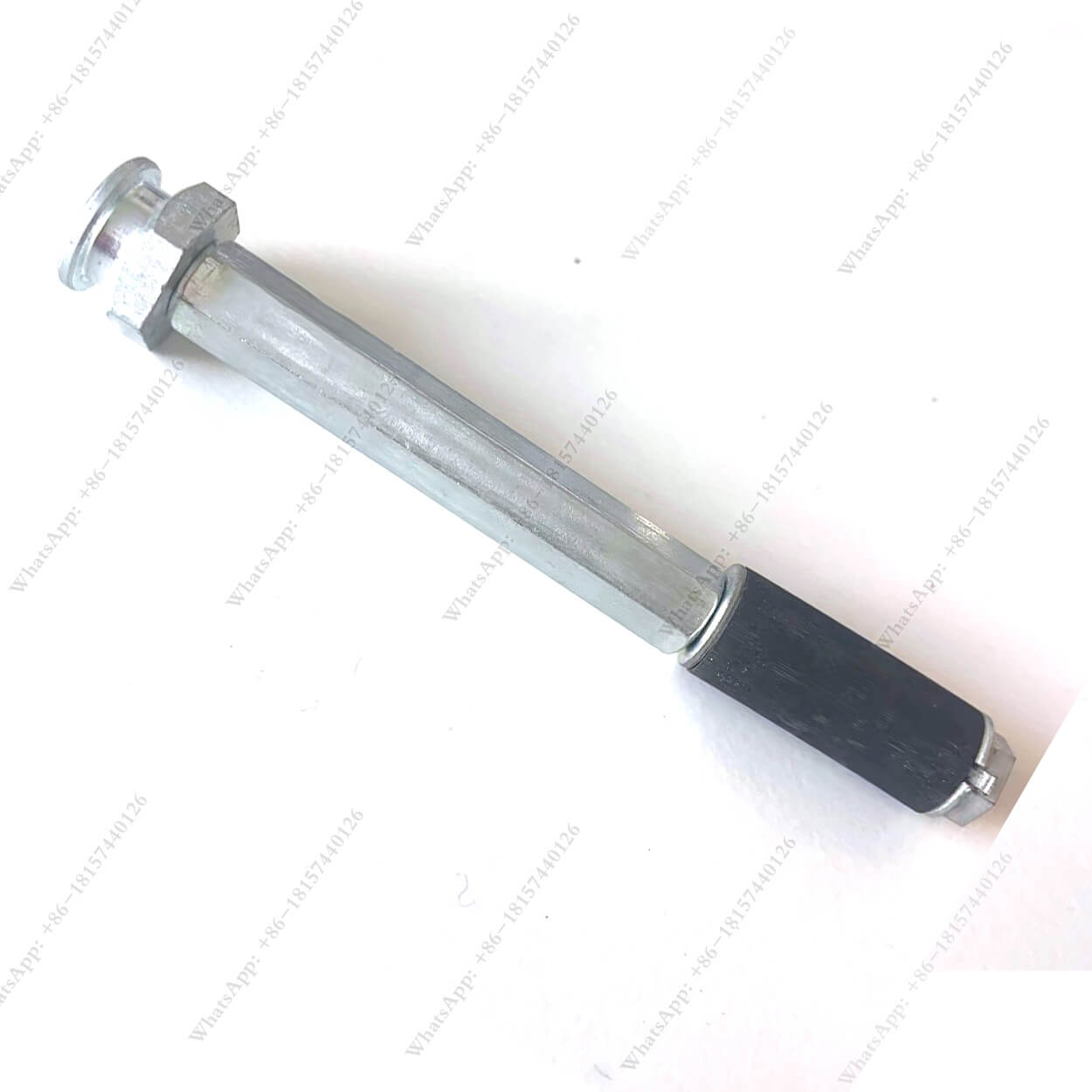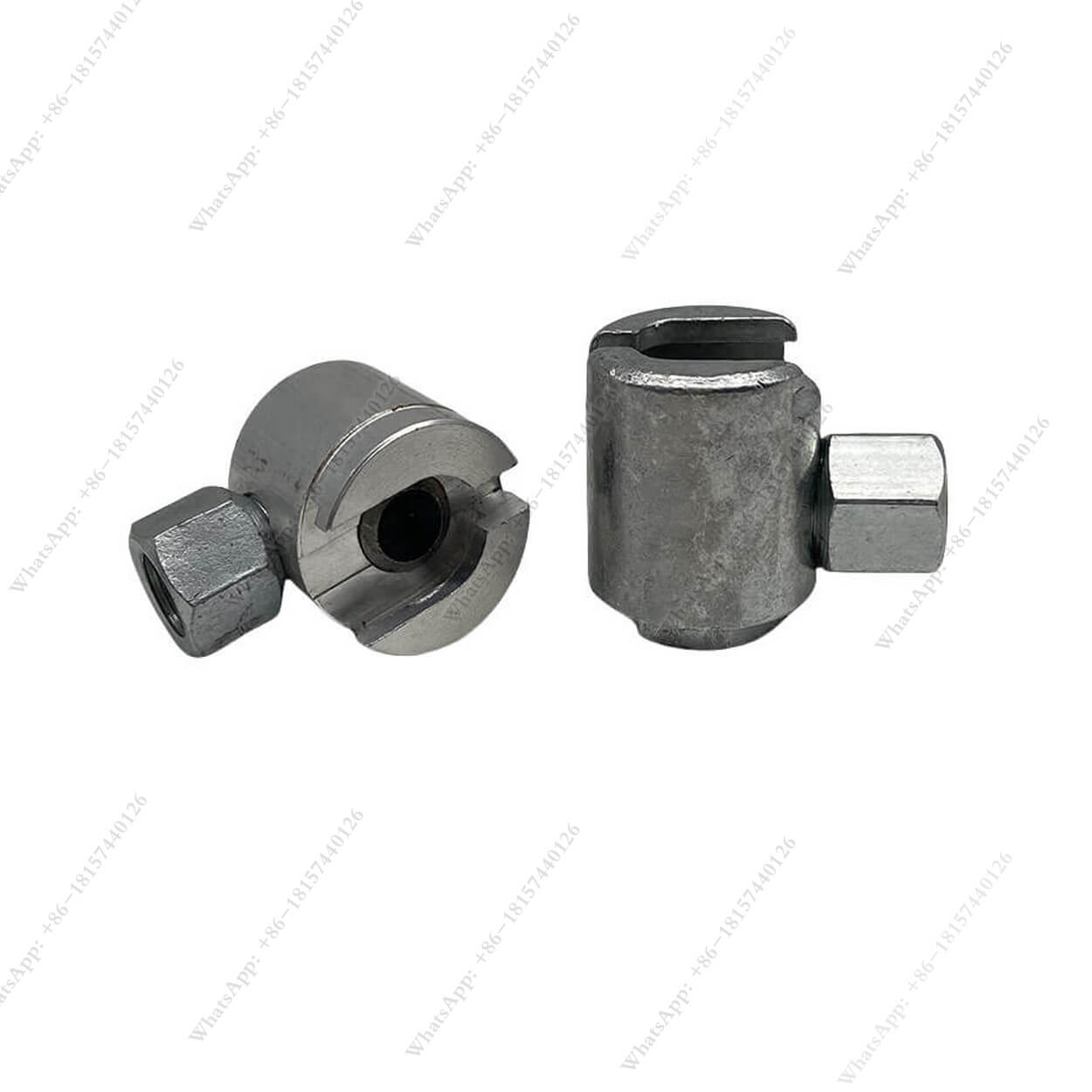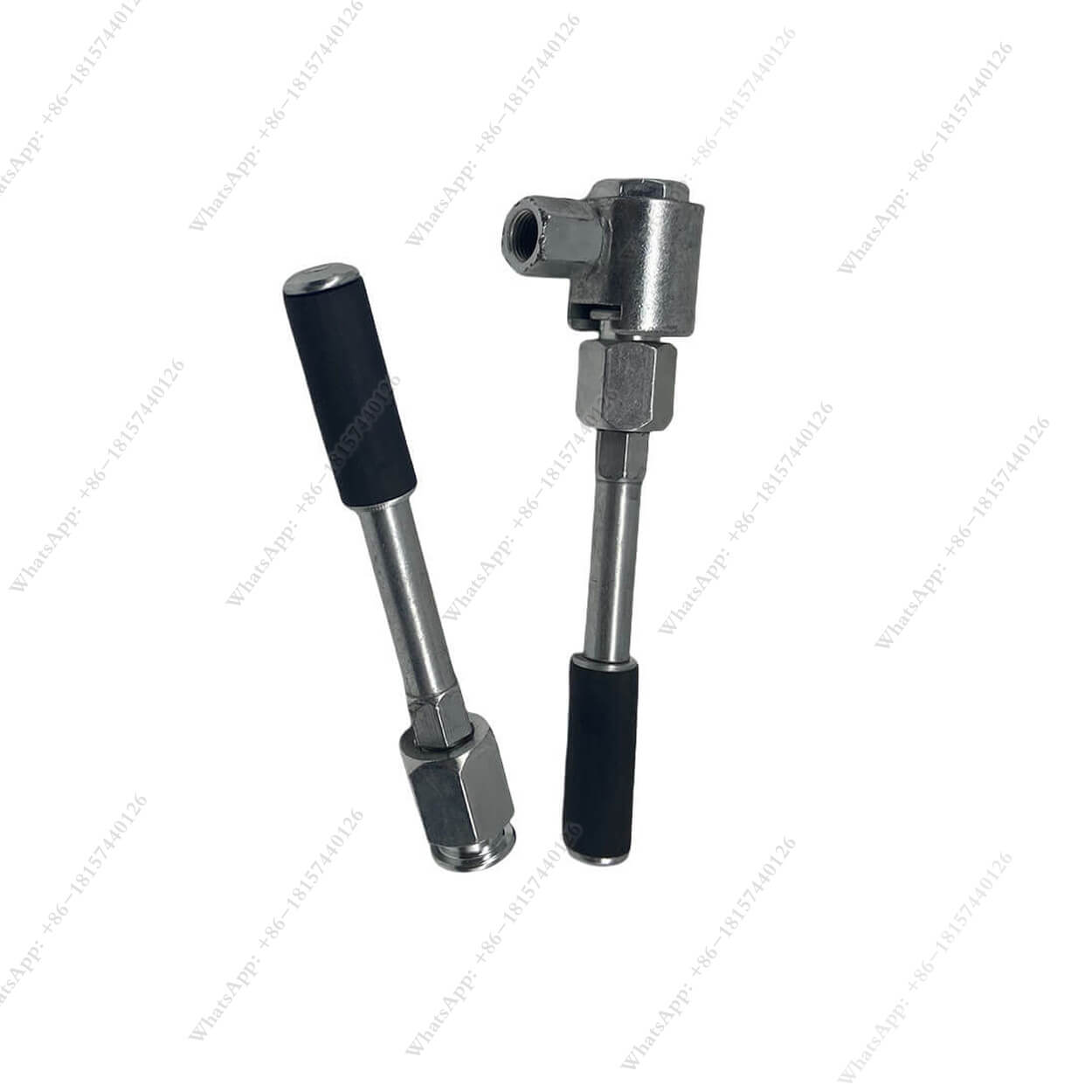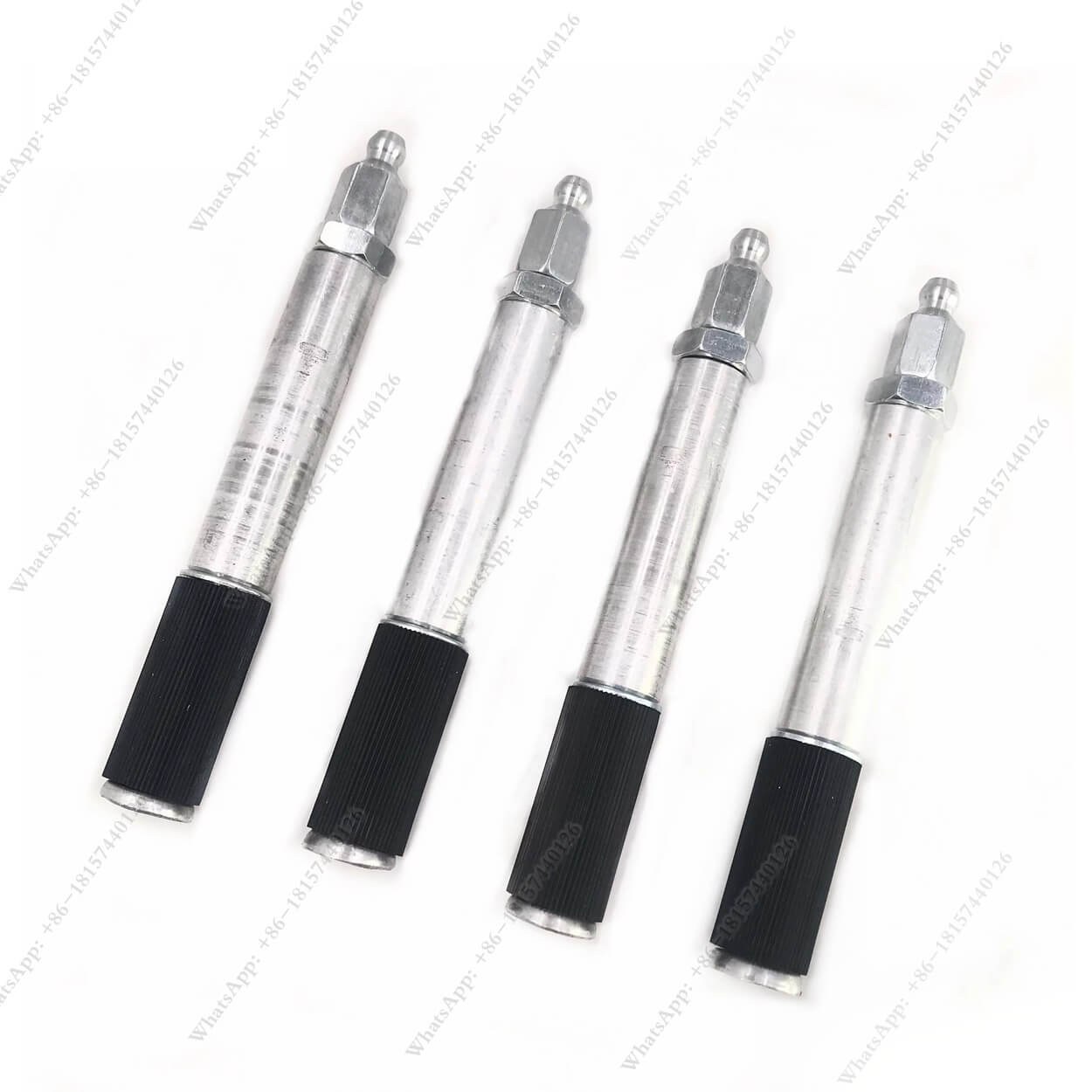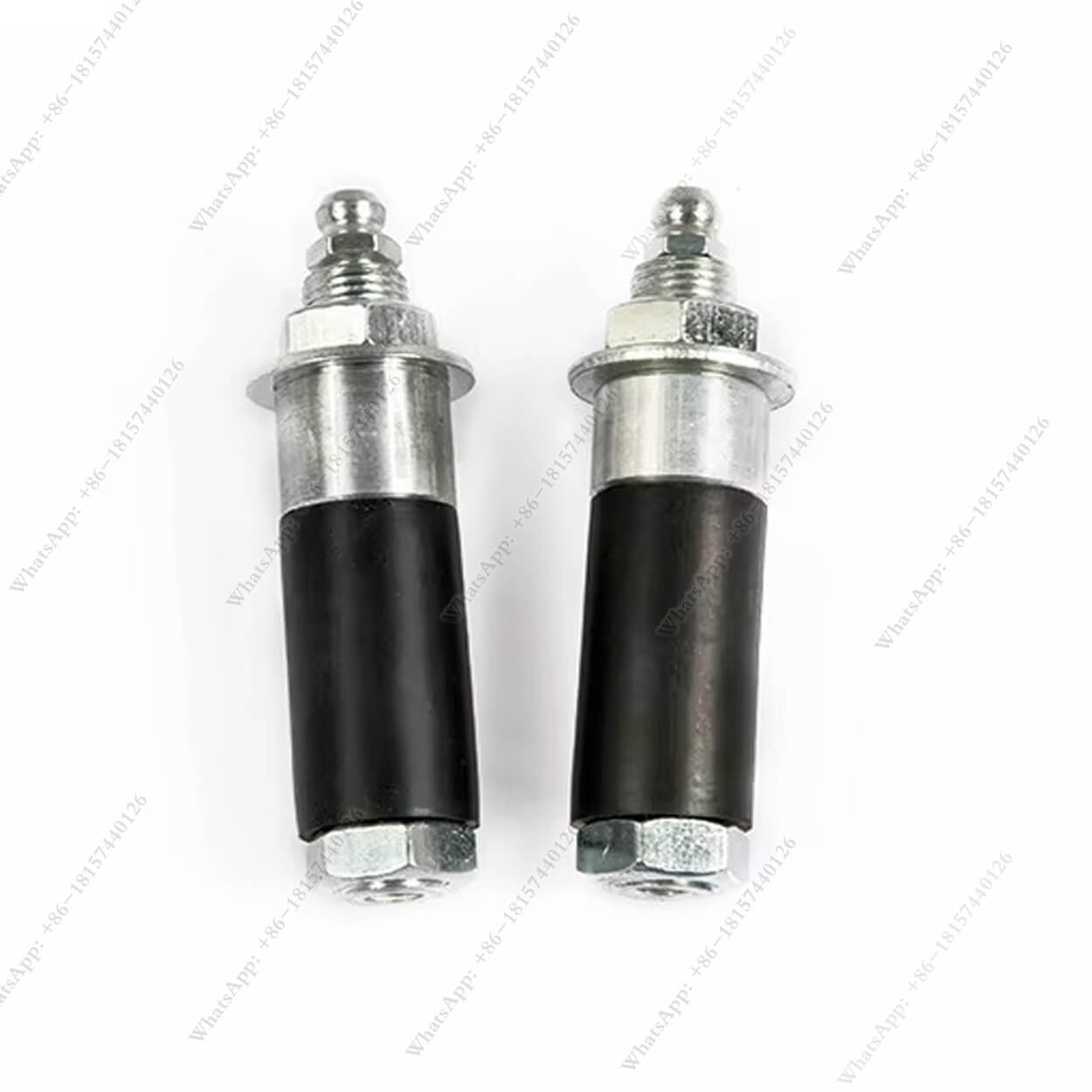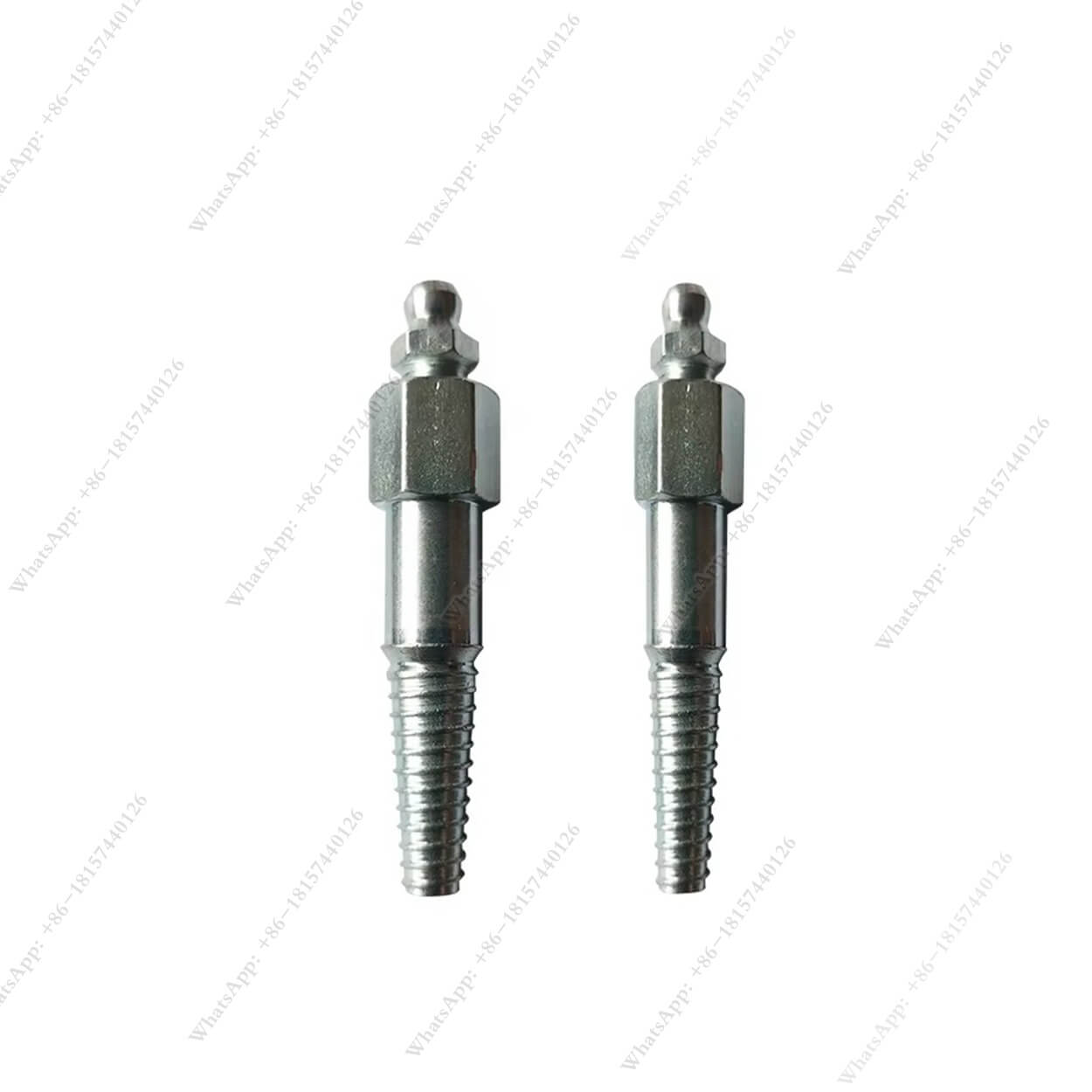How to Repair Foundation Cracks Using Polyurethane Foam Injection
Table of Contents
Summary
Polyurethane foam injection is a powerful solution, offering a long-lasting fix for cracks in concrete foundations. This article provides a step-by-step guide on using polyurethane foam to repair foundation cracks, highlights the advantages of this method, and explains why it’s often the preferred choice over other materials like epoxy. By the end, you’ll understand why polyurethane foam injection is a smart choice for foundation crack repair—whether you’re a DIY enthusiast or a homeowner considering professional repair services.
What is Polyurethane Foam Injection?
Polyurethane foam injection is a foundation crack repair method that involves injecting expanding foam into a crack. Once injected, the foam expands to fill the void, sealing the crack and creating a waterproof barrier. Polyurethane foam is especially effective for foundation cracks because it can bond with wet surfaces, unlike some other materials that require a dry substrate.
This method is commonly used for residential and commercial foundations, providing a reliable solution for structural stability and water resistance. Polyurethane foam injection has become a go-to choice for many because it’s cost-effective, versatile, and long-lasting.
Why Use Polyurethane for Foundation Crack Repair?
Polyurethane foam is an ideal solution for foundation crack repair due to its unique properties:
- Water Resistance:Polyurethane foam can handle moisture, making it suitable for cracks prone to water infiltration.
- Flexibility:The foam remains flexible after curing, allowing it to adjust to slight shifts in the foundation.
- Strength and Durability:Polyurethane foam is strong, providing lasting protection without the need for extensive excavation.
Polyurethane crack injection is a practical choice for sealing both horizontal and vertical cracks in concrete foundations, as it provides both structural integrity and a moisture-resistant barrier.
Polyurethane vs. Epoxy: Which is Better for Foundation Cracks?
When choosing between polyurethane foam and epoxy injection, it’s essential to understand the benefits of each method.
Material | Best For | Advantages | Disadvantages |
Polyurethane | Non-structural cracks, wet areas | Flexible, water-resistant, expands in cracks | Not suitable for large structural cracks |
Epoxy | Structural cracks, dry surfaces | High-strength bond, suitable for load-bearing areas | Requires dry conditions |
Polyurethane foam is typically preferred for cracks that are susceptible to moisture, while epoxy injection is often used for structural repairs where dry conditions are possible.
What Types of Cracks Can Polyurethane Foam Repair?
Polyurethane foam injection works best for specific types of foundation cracks:
- Non-Structural Cracks:Polyurethane foam is suitable for cracks that don’t compromise the building’s load-bearing capacity.
- Moisture-Prone Cracks:The foam’s ability to expand and bond to wet surfaces makes it ideal for cracks where water intrusion is an issue.
- Fine to Medium Cracks:Polyurethane injection works well for smaller cracks, as the foam can expand and fill even narrow spaces.
For large, structural cracks, epoxy injection or more extensive repair methods may be necessary.
How Does Polyurethane Foam Injection Work?
Polyurethane foam injection is a straightforward yet effective process. Here’s an overview of how it works:
- Prepare the Crack:Clean the crack and any surrounding surfaces to remove debris.
- Set Injection Ports:Ports are placed at intervals along the crack, allowing for an even distribution of foam.
- Inject Polyurethane Foam:The foam is injected into the crack, where it expands to fill the entire void.
- Curing Process:As it cures, the foam expands to create a tight, waterproof seal.
This method provides a complete fill, preventing further water infiltration and sealing the crack permanently.
DIY Foundation Crack Repair vs. Hiring a Professional
Considering a DIY approach? Here’s a quick comparison to help you decide:
- DIY Polyurethane Foam Injection:For minor cracks, a polyurethane foam crack repair kit can be an affordable and effective solution.
- Professional Repair Services:For larger or complex cracks, professional contractors use advanced injection systems and techniques for the best results.
Each approach has pros and cons. DIY repairs are cost-effective, but professional repairs often ensure a more durable outcome.
Choosing the Best Polyurethane Foam Injection Kit
When selecting a polyurethane foam injection kit, keep the following factors in mind:
Factor | Description |
Foam Type | Hydrophilic polyurethane foam is great for wet conditions, while hydrophobic foam is water-resistant. |
Injection Tools | Look for kits with easy-to-use injection tools, especially if you’re new to DIY repairs. |
Curing Time | Faster curing times can be beneficial, but consider the project needs. |
By choosing the right kit, you can improve your chances of achieving a successful DIY repair.
Step-by-Step Guide: How to Use Polyurethane Foam Injection
Below is a detailed guide for using polyurethane foam injection to repair foundation cracks:
- Clean the Crack:Remove debris from the crack to ensure the foam adheres well.
- Seal the Crack Surface:Apply a surface seal to prevent the foam from leaking.
- Attach Injection Ports:Place the ports along the crack at regular intervals.
- Inject the Foam:Start from the bottom, injecting foam until it appears at the next port.
- Cure and Finish:Allow the foam to cure completely, then remove the ports and grind any excess material if needed.
This method offers a thorough seal, making it a reliable solution for foundation crack repair.
Common Mistakes to Avoid in Polyurethane Foam Crack Repair
To ensure a successful repair, avoid these common pitfalls:
- Insufficient Cleaning:Failing to clean the crack thoroughly can result in poor adhesion.
- Skipping Surface Sealing:Surface sealing helps direct the foam into the crack instead of leaking out.
- Rushing the Injection Process:Take your time to inject the foam slowly and evenly.
By avoiding these mistakes, you can achieve a strong, durable repair.
Maintaining Repaired Concrete
Proper maintenance is essential to preserve the integrity of repaired concrete. Follow these practices:
- Regular Inspections:Periodically check for new cracks or signs of wear.
- Seal Coating:Apply sealants to protect against moisture infiltration and environmental damage.
- Proper Drainage:Ensure adequate drainage around the foundation to prevent water accumulation.
- Load Management:Avoid placing excessive weight on repaired areas to maintain their strength.
- Immediate Repairs:Address any new cracks promptly to prevent escalation.
Consistent maintenance extends the lifespan of concrete repairs and safeguards your structure from future issues.
Common Mistakes to Avoid
Avoiding common mistakes can enhance the effectiveness of epoxy injection repairs:
- Inadequate Cleaning:Failing to properly clean the crack can hinder epoxy adhesion.
- Incorrect Mixing:Improperly mixed epoxy can result in weak bonds and incomplete curing.
- Overfilling:Excessive epoxy can lead to surface discoloration and uneven finishes.
- Ignoring Safety Precautions:Neglecting safety measures can result in accidents and health risks.
- Using Inappropriate Epoxy:Selecting the wrong type of epoxy can compromise the repair’s durability.
Being aware of these mistakes ensures a successful and long-lasting concrete crack repair.
FAQs About Polyurethane Foam Injection for Foundation Repair
Can polyurethane foam injection be used for all types of cracks?
Polyurethane is best for non-structural cracks and moisture-prone areas, but not ideal for large structural cracks.
How long does polyurethane foam last in foundation crack repairs?
With proper application, polyurethane foam can last decades, providing a durable solution for most foundation cracks.
Can I use polyurethane foam injection in wet conditions?
Yes, hydrophilic polyurethane foam is designed to bond to wet surfaces, making it perfect for moist environments.
Conclusion
- Polyurethane foam injection is an effective, long-lasting method for non-structural foundation crack repair.
- Flexible and Waterproof: Polyurethane foam is ideal for moisture-prone cracks, offering a water-resistant seal.
- DIY vs. Professional: Smaller cracks may be suitable for DIY repair, but professional services are recommended for large or complex issues.
- Common Mistakes: Avoid rushing the process, and take time to prepare the crack properly.
By understanding the process and benefits of polyurethane foam injection, homeowners can make informed decisions about foundation crack repairs. Whether choosing a DIY repair kit or hiring a professional, this approach provides reliable results and long-lasting protection against further cracking and moisture intrusion.
Comments
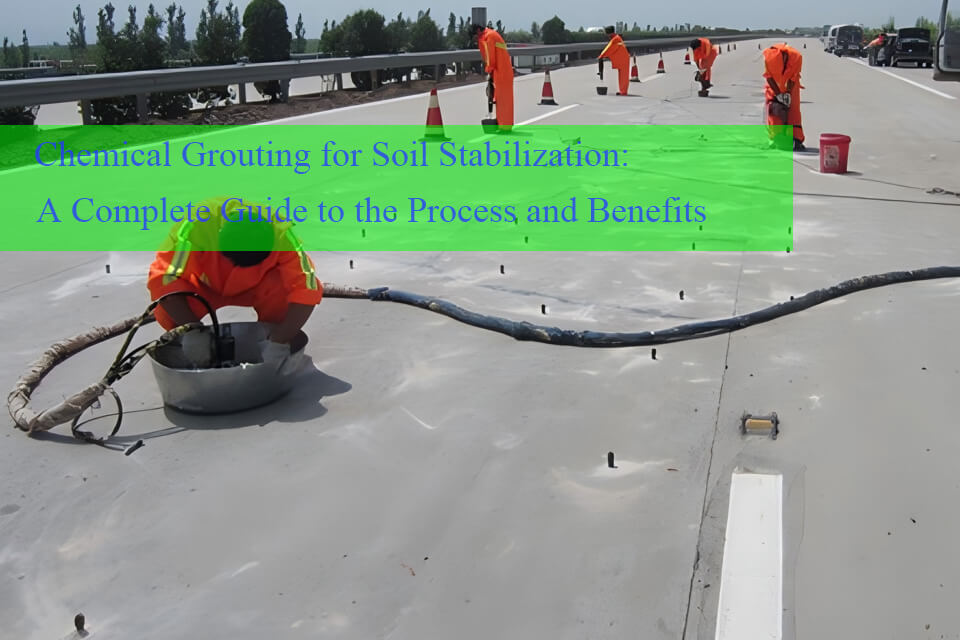
Chemical Grouting for Soil Stabilization: A Complete Guide to the Process and Benefits
Chemical grouting is an effective method for soil stabilization and strengthening structures in construction and civil engineering.
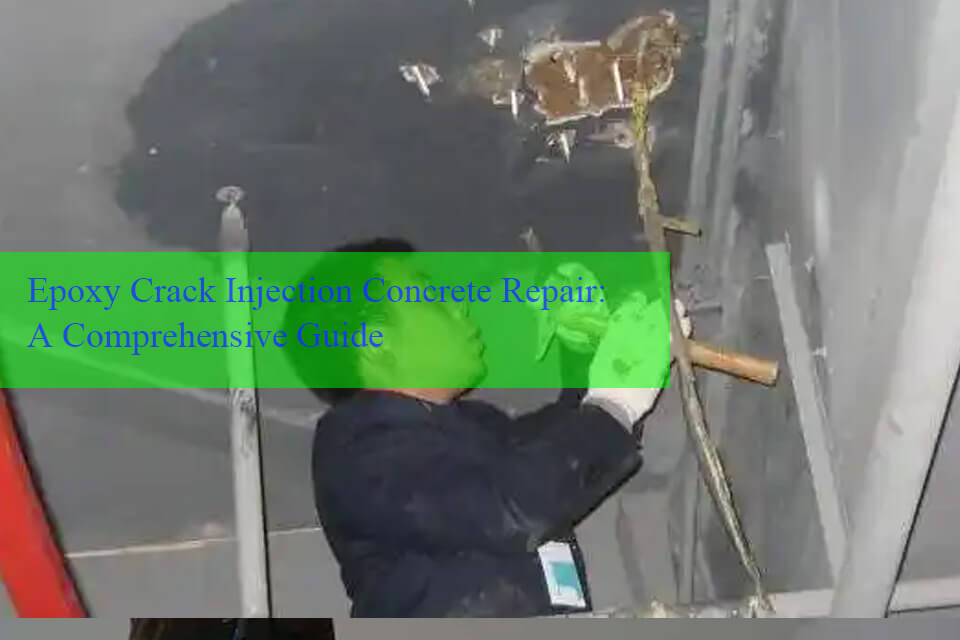
Comprehensive Guide of Epoxy Crack Injection Concrete Repair
Epoxy crack injection is a reliable and scientifically advanced method for repairing concrete structures, particularly those suffering from cracks.
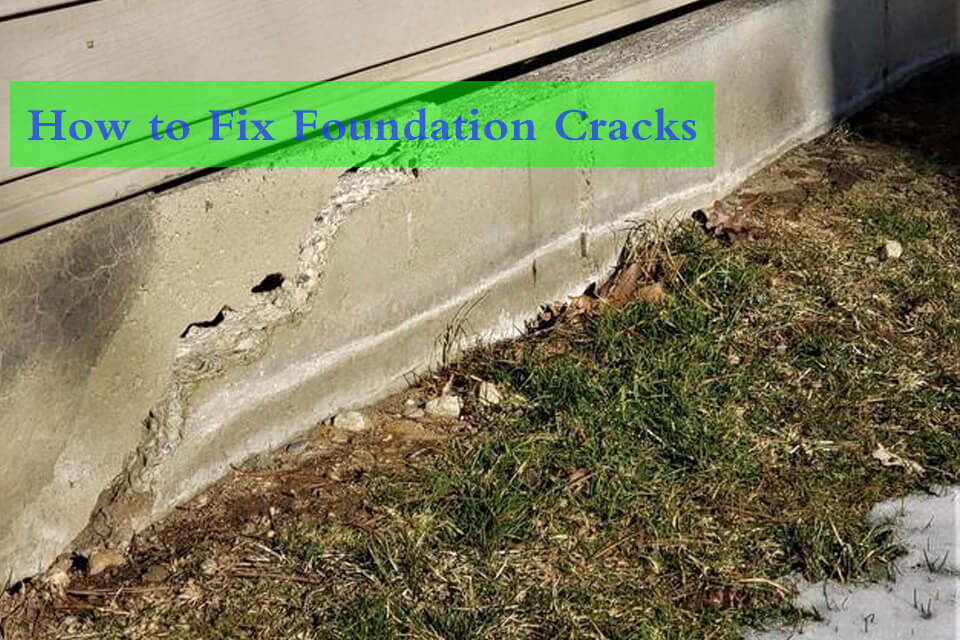
How to Fix Foundation Cracks: A Comprehensive Guide
Foundation cracks can jeopardize the structural integrity of any building, posing a risk to both property and safety.
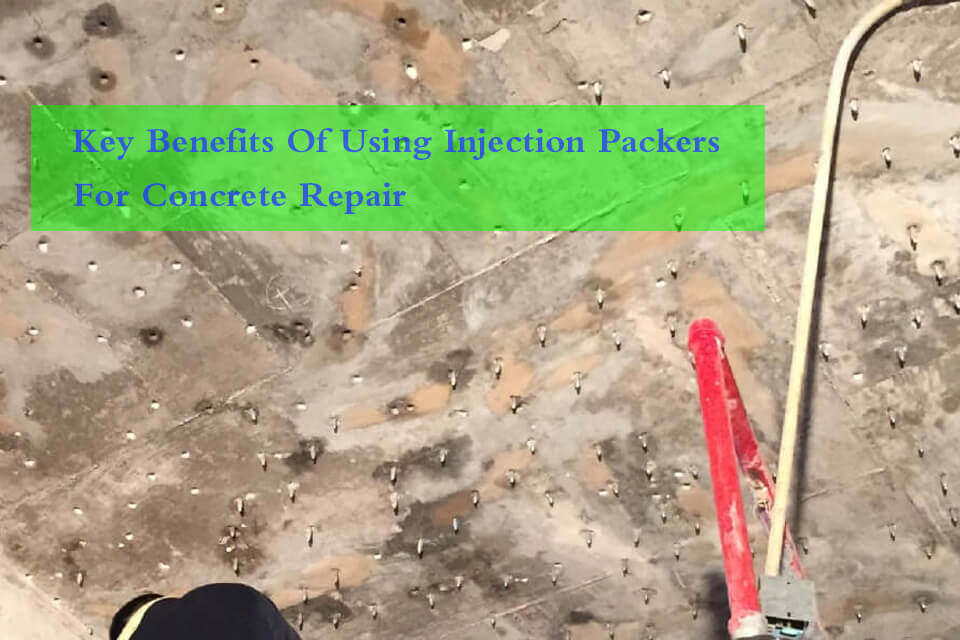
Key Benefits of Using Injection Packers for Concrete Repair
Injection packers are an essential tool for addressing cracks and structural deficiencies in concrete. These devices allow for precise application of repair materials
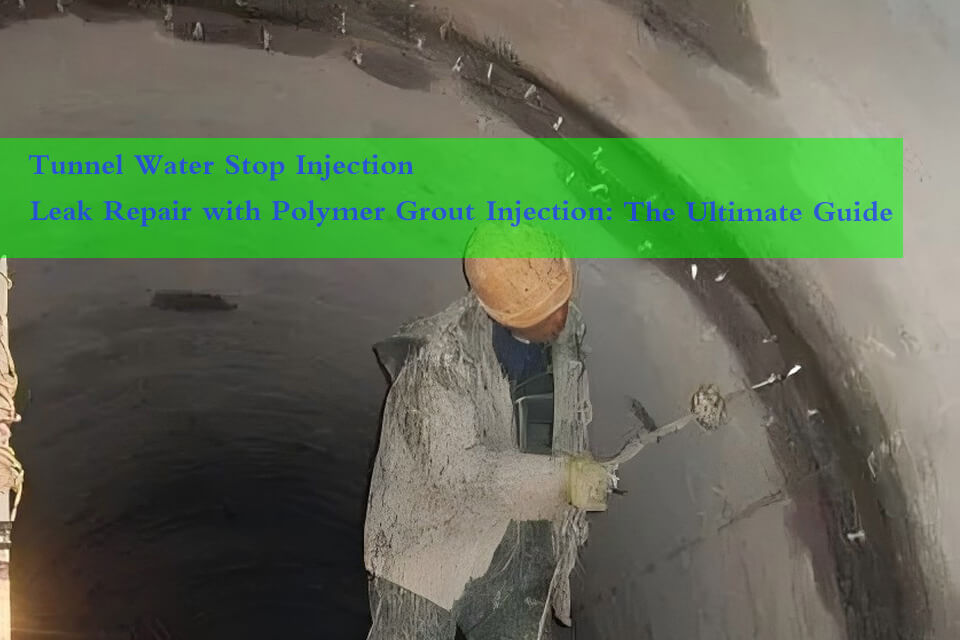
Expert Guide: Tunnel Water Stop Injection – Advanced Solutions for Leak Repair
Are you dealing with water intrusion in your tunnel infrastructure? Water leakage in tunnels can lead to serious structural issues and operational disruptions.
- [email protected]
- +86 18157440126
- Mon-Sun 8:00-21:00
Tags
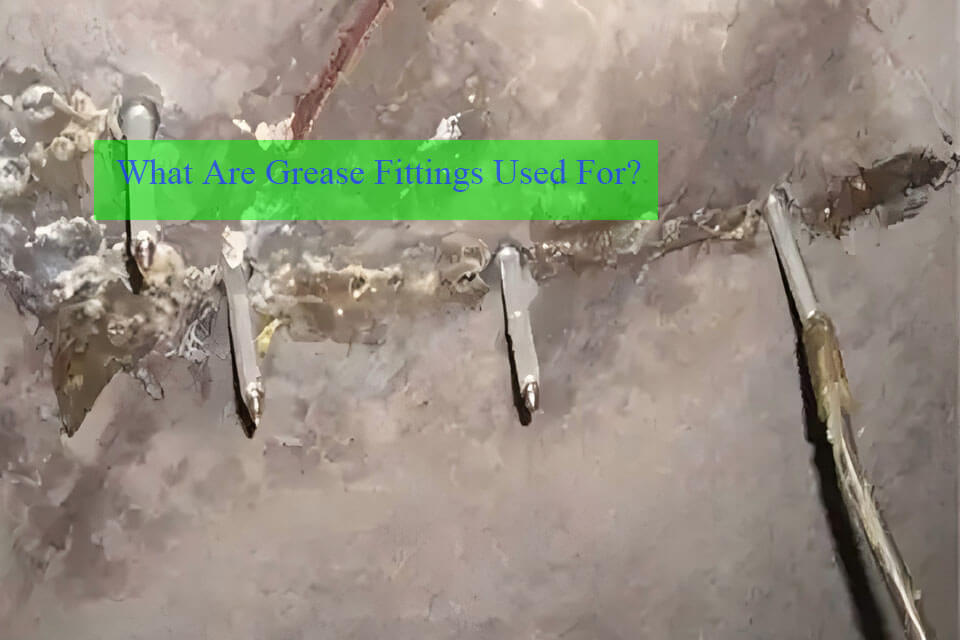
What Are Grease Fittings Used For?
Grease fittings, also known as zerk fittings, are small but critical components in the world of machinery maintenance and waterproof industry.
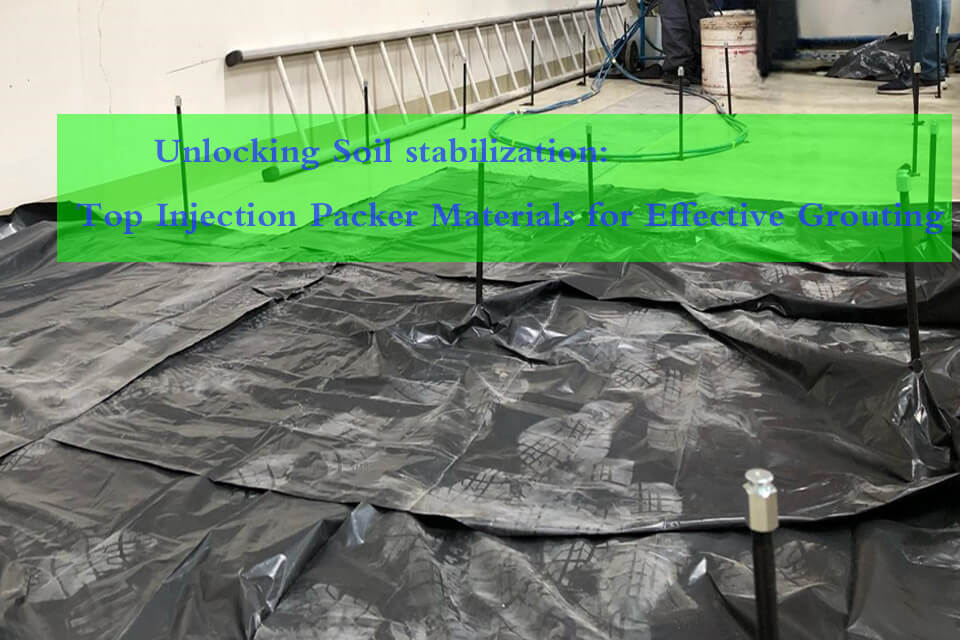
Unlocking the Secrets of Soil Stabilization: A Comprehensive Guide
Soil stabilization is a crucial process in construction and civil engineering that can make or break a project’s success.

Expert Guide: Tunnel Water Stop Injection – Advanced Solutions for Leak Repair
Are you dealing with water intrusion in your tunnel infrastructure? Water leakage in tunnels can lead to serious structural issues and operational disruptions.

